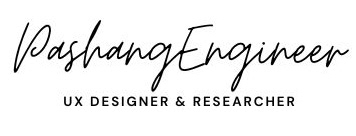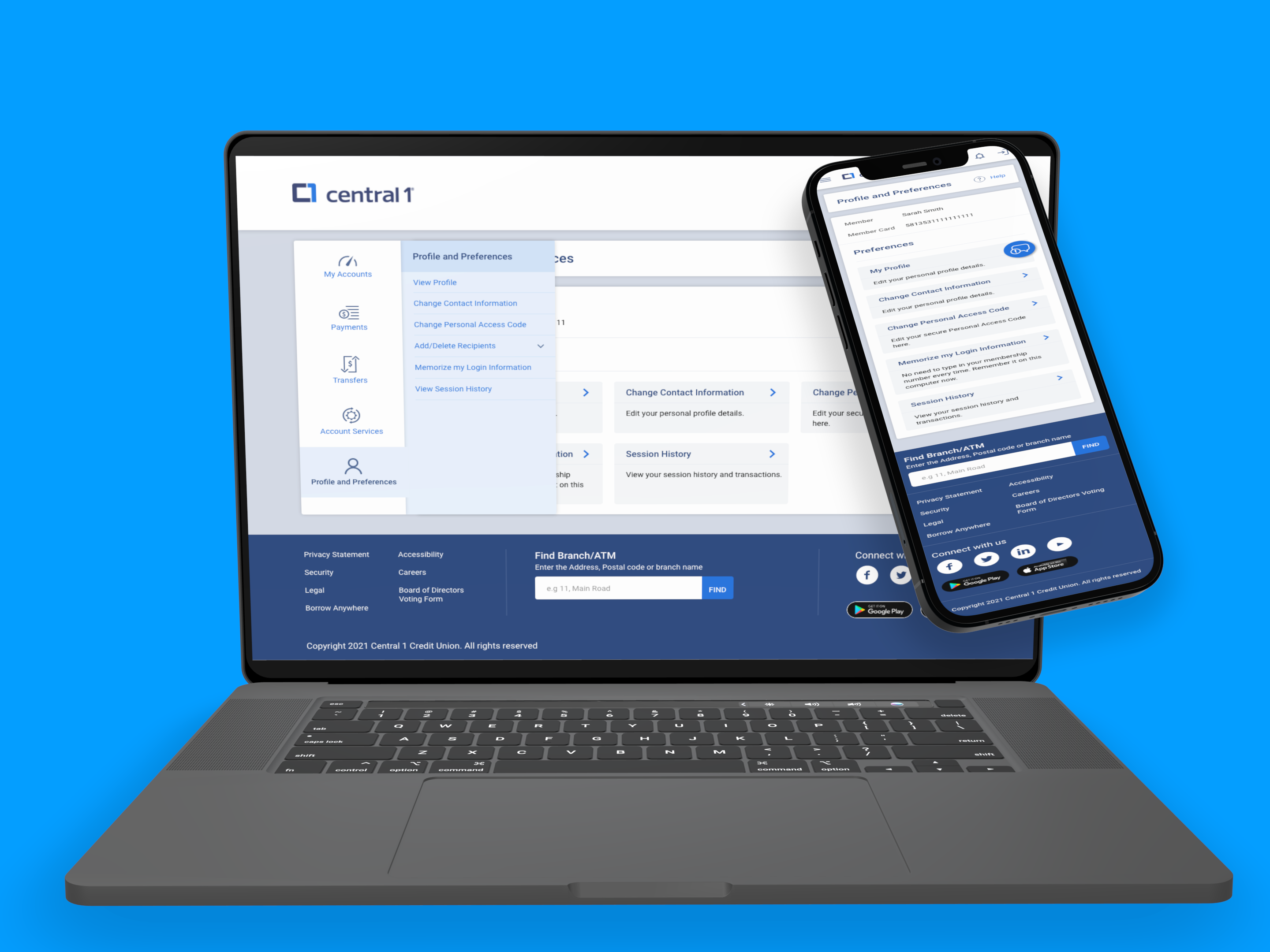Merging Service Design and UX Research
• Working on a government platform meant being familiar with service design, a human-centered approach on customer experience, and the quality of service encounter as the key value for success.
• As the Senior User Experience Researcher in the team, there were huge projects I was a part of or led through that modernized the Connecticut portal like DMV, and Business. ct and Health. ct projects and also merged service design concepts with UX Research.
• Our main vision for all projects was to create a portal where all the different services of a state government were not only ADA compliant but merged the concept of Universal design, ease of use, and adoption rates of new holistic features like search and navigation in the portal and the agency websites.
Timeline
Challenges
• Service design was a new concept for me. Have to work with certain limitations considering it is a state government and certain design and research decisions would take time, for eg: the DMV project
• Although that is the case, The good news was that certain structural changes were made to help ease the decision-making process
• It was very hard to receive research work from stakeholders because projects would take a long time to be greenlit.
• There was a lot of research done previously on some projects but there was no fixed knowledge transfer so a lot of contexts was lost by reading through that research
Brainstorming and Ideation
• One of the most important tools we used in CTDS was Miro. We used a board for each project to keep all the information including brainstorming and ideas.
• One of the examples you see above is an activity from one of the workshops mentioned in Enterprise Design thinking facilitated by the research team when the team was stuck with certain Questions and assumptions about health.ct project
Explorative and Discovery Research was uncovering truths and assumptions
• We did a lot of explorative research to uncover different pain points faced by Connecitcut residents and out-of-state residents coming into Connecitcut like the DMV, DVA etc.
• We explored different tools that could help digitize forms and interview different agencies like DRS and DOL.
AI Tools helped the research process become smoother
• Besides Miro, we used Confluence to record all our data and deliverables in the cloud along with Microsoft 365. I specifically from my team used Adobe XD to present my ideas to the design team and because of my experience, I was the bridge between the design team and the research team.
• I used Google Analytics and R to supplement my research findings with my stakeholders.
• Primarily, we used Dovetail for its qualitative theming capabilities. AI was really helpful in summarizing different story points throughout user interviews.
Service Blueprints helped uncover key issues in agencies
Service Blueprints and stakeholder mapping helped us understand the unique problems our residents in Connecticut face with different agencies. Below image was created by workshopping different problems in different agencies, for e.g. customer service issues, what are they? Why are they an issue? What agencies need help the most and will help our residents the most from customer service?
Research plans and Interview Protocols
• Every project in our catalog of services had a research plan and an interview protocol ready to interview our users with.
• Research plans were created to help us vision our research and create a research roadmap for us.
Lean UX Research Process
We developed a lean UX Research process to make sure to accelerate the process of slower Government process that created a bottleneck for Research and Design teams
Conclusion
• Stakeholder mapping and Service Blueprints helped us understand who our internal stakeholders are with different agencies so that helped us conduct stakeholder interviews with the right people. This helped us save time and I owned the deliverable (it was a live document)
• The heuristic evaluations performed by the research helped push our stakeholders helped highlight not only drastic accessibility issues that users were facing from our business.ct , CT Energy Assistance Programs, State Library in Connecticut and DMV, DOT agencies but also different usability issues that I could validate using usability tests with Citizens and stakeholders from those agencies.
Future things to consider
• Push stakeholders to understand UX Research in the CT Government further by evangelizing UX Research through programs like Lunch and Learnings.
• Help the research team understand more research methods in our Research Book Club.
• Utilize usertesting.com more for other research methods other than usability testing (unmoderated) like diary studies (only if needed).
• Push the stakeholders to invest in hiring third-party vendors to help recruit different Connecticut residents instead of cold calling or emailing residents who would or would not respond.





